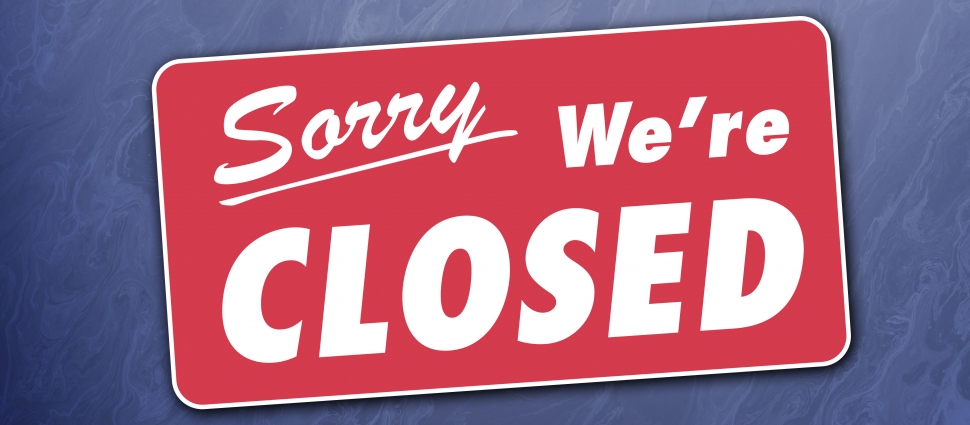Coronavirus and the Church: Compliant, or Uncreative?

It has been surprising to see the speed with which the churches have shut down public operations and shifted their ministries online. Having this online capacity is a wonderful provision during an epidemic, one unavailable to previous generations. Livestreaming allows the church to do something when the alternative might have been to do nothing, to provide some spiritual food when circumstances might have left members bereft of all spiritual nourishment.
Yet it should be acknowledged that the virtual church is not the church. Actually gathering, actually occupying space together as a church is foundational to the definition of a church and to its practice. Jesus speaks of the church in terms of a structure of accountability and authority (Mt 18:15-18). The Apostle Paul repeatedly makes reference to “when you are assembled” (1 Cor 5:4), or “when you come together as a church” (1 Cor 11:18; cf 11:17, 33, 34; 14:23, 26). When the church gathers virtually, it is able to occupy the same time, but not the same space. At the very least, the online assembly is a poor substitute for the real thing.
The guidelines of the civil authorities distinguish between “essential” and “non-essential” services. Essential services include the obvious, such as hospitals, pharmacies, and grocery stores. They also include public transportation, food production and transportation, and liquor stores.
My question is this: Have the churches been too quick to comply with guidelines—perceived and real—and failed to be creative?
Steps can be taken to comply with the Center for Disease Control (CDC) guidelines without eliminating public services entirely. Note, I refer to official CDC guidelines, not off-the-cuff statements made during press conferences. In many cases, church services can be at least as safe as grocery stores. For example:
-
Crowd density can be reduced by multiplying services. If a church normally has one morning service, it can conduct two, thereby cutting the crowd size in half.
-
Social distancing can be achieved by roping off every other pew, urging families to sit in clusters, and requiring six or more feet between non-family members. Worshippers can be dismissed one row at a time, all the while urging six feet of social distance.
-
Proper hygiene can be achieved by eliminating handshakes and hugs, by eliminating use of pew Bibles and hymnals, and putting all necessary information in disposable bulletins. Collection plates can be placed at the doors rather than being passed. Pews and chairs can be wiped down after each service, and if multiple services are being conducted, the ropes can be moved from the unused to the used pews/chairs.
-
High-risk persons can be discouraged from attending. Nurseries may be closed and children 4 and under kept at home to worship with their parents through the livestream.
- Sunday school and other non-essential services of the church may be cancelled.
These steps represent (by my calculations) at least an 85% reduction in the social contacts within any given church community, a drastic cut in its regular ministry, while maintaining some semblance of its public Lord’s day services.
Have the churches been too quick to acquiesce to perceived dangers? Indeed, have the churches responded with a strictness of compliance that goes beyond that required, or even recommended, by the CDC? My own church has maintained a crowd size of 50 each week, primarily to support the livestream service for the sake of the other 90% of the church at home. Those 50 give voice to the congregational elements of the service such as the Lord’s Prayer, the Creed, and the hymns. Yet I wonder, have we been overly timid? Our house of worship could easily accommodate three times that number and still maintain the social distancing and personal hygiene recommendations.
Finally, have we too quickly acquiesced in being classified as “non-essential?” I understand secular America seeing the church as “non-essential.” Secular America lacks the categories by which to differentiate the crowd at church from the crowd at the arena. It doesn’t understand that spiritual needs are more vital than physical needs, that spiritual health is more important than physical health, or that the medicine of the Great Physician through the local church is more important than the medicine of the local doctor at the local hospital.
It has become cliché to say that we are loving our neighbors by closing our public services. Do our neighbors not need the prayers of the gathered church? Do our members not need the strength and refuge that the church’s public services provide during unsettling times? Have we let fear get the best of us, complying to a fault when we might have been more creative?
Terry L. Johnson is the senior minister of Independent Presbyterian Church in Savannah, GA. He is author of various books, including Leading in Worship, Worshipping with Calvin, Serving with Calvin, and The Identity and Attributes of God.
Related Links
Mortification of Spin: "Missing The Body in Times of Plague"
What Is the Church? with Michael Horton, Greg Gilbert, and Robert Norris [ Download ]
"Where Jesus Is" by Terry Johnson
"No Social Distance in Heaven" by Aaron Denlinger
"In the Pandemic, Give Thanks..." by Gethin Jones




